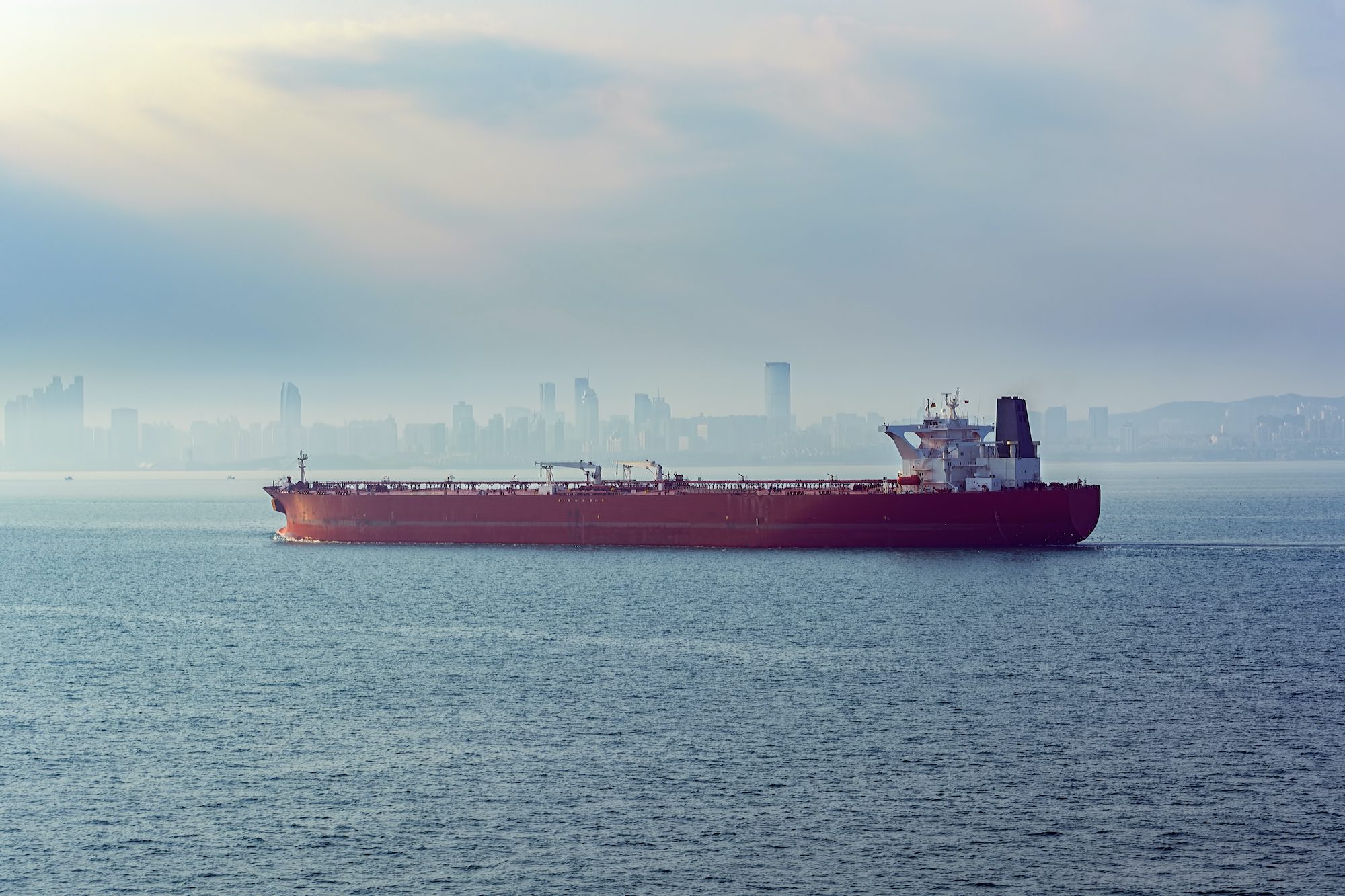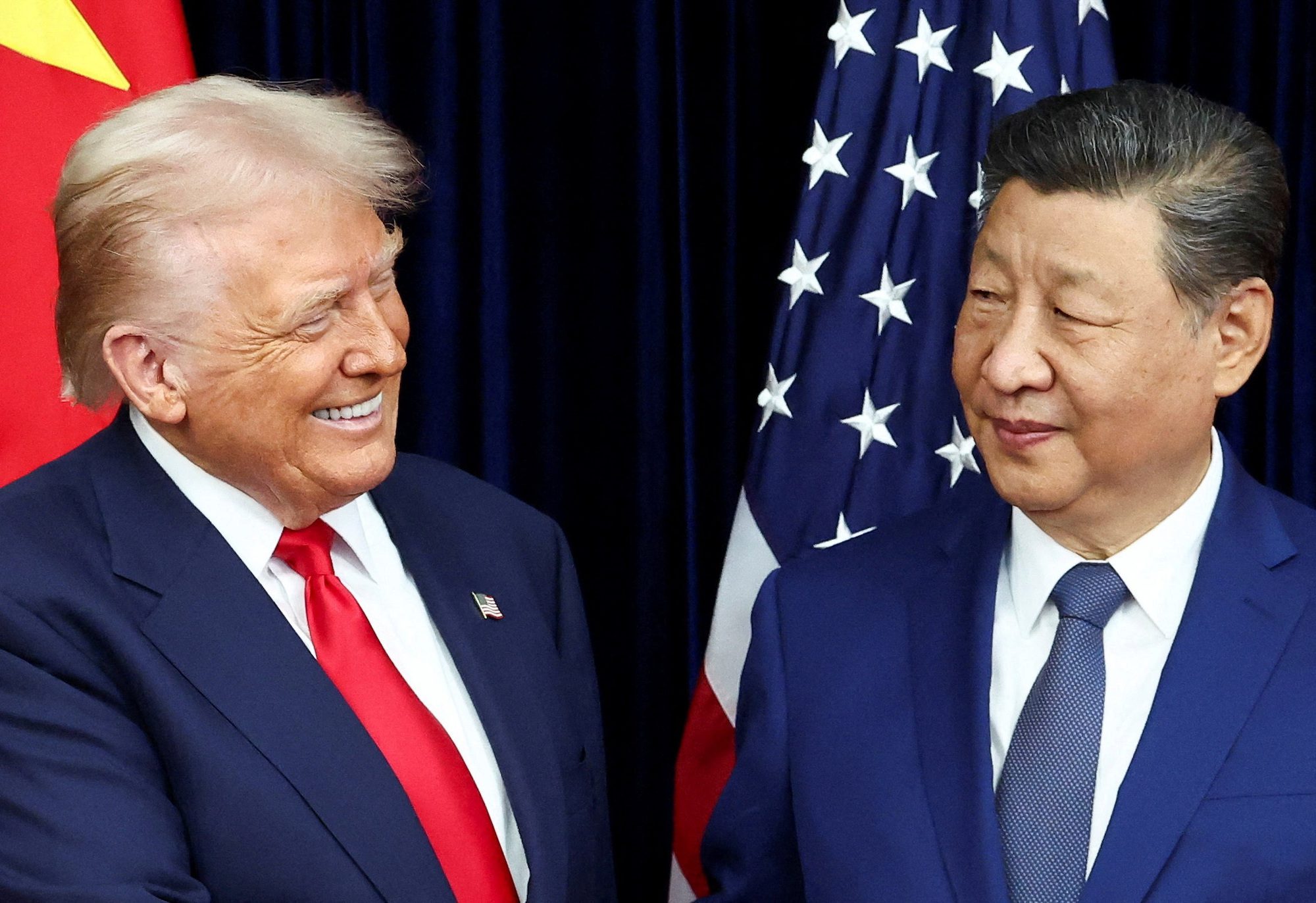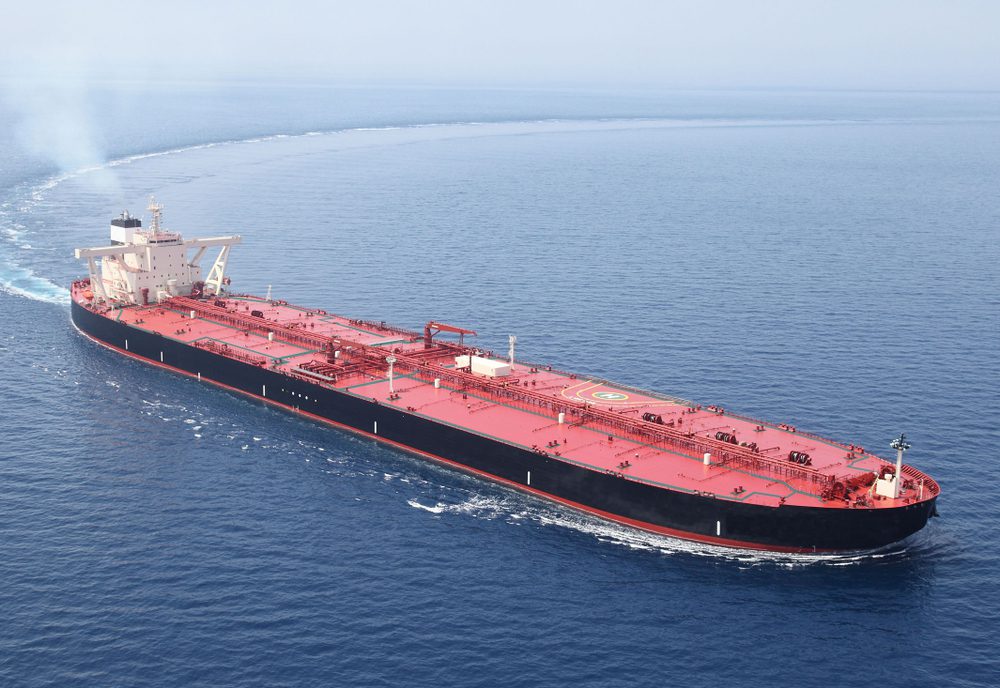By Rong Wei Neo (Bloomberg) — Some terminal operators at China’s Qingdao Port, which handles around one-sixth of the country’s crude intake, will impose new restrictions on old tankers — a move widely seen as targeting vessels that carry sanctioned oil from Iran and other sensitive suppliers.
Measures include a ban on tankers that are 31 years or older from berthing, along with ships that have altered their International Maritime Organization identities or have invalid certifications, according to a notice seen by Bloomberg News. The actions will take effect from Nov. 1, it said.
The restrictions come after the US sanctioned an oil operator located in Qingdao’s Dongjiakou port area in August, saying it had received Iranian crude that had been transported by a vessel already under Washington’s sanctions. That fueled concerns tougher penalties could further disrupt China’s crude imports. Beijing diplomats have pushed back against the measures.
The new notice was signed off by four operators at the Huangdao Port, which is part of the larger Qingdao port, including Qingdao Shihua Crude Oil Terminal Co. — which is jointly owned by the Qingdao port authority and an unit of Sinopec Group. Once rejected by the port operators, a ship is not allowed to berth in the area for one year, it said.
Email inquires to Qingdao Port International Co. and Sinopec Group weren’t immediately responded to.
Other ships calling at the port in Shandong province will be also subjected to a scoring system that rates vessels by their risk profile, based on factors such as age and pollution liability cover. Tankers with a low score could be barred from berthing too.
The broader Qingdao port is seen as a large hub for Iranian oil into China, with the port taking in about 300,000 barrels a day of crude oil from the Middle Eastern nation so far this year, according to data analytics firm Kpler. That’s even as official data showed no oil imports from Iran since mid-2022.
The new measures are expected to have a limited impact on China’s overall imports of such sensitive crude, according to Emma Li, a senior market analyst at Vortexa.
“Qingdao port has already been losing market share in Shandong’s crude imports, sliding from over 40% in 2020 to around 20% since 2024, as neighboring ports expanded Very Large Crude Carrier berths in recent years,” said Li. “Its role in handling high-risk tankers is also relatively minor compared with other Shandong ports.”
Oil that loads at Iranian ports typically makes its way from the Persian Gulf to the waters off Malaysia or to another transfer point, where it is moved from one tanker to another at sea. Vessels already sanctioned by the US are often used on the Gulf-to-Malaysia leg, before the crude is shifted onto the so-called shadow fleet for the final voyage.
© 2025 Bloomberg L.P.

 Join The Club
Join The Club











